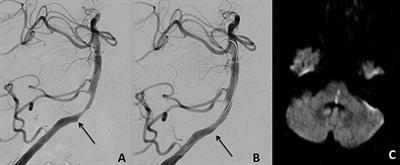EDITORIAL
Published on 16 Jun 2020
Editorial: Preventive and Acute Intervention for Intracranial Atherosclerotic Disease
doi 10.3389/fneur.2020.00442
- 1,599 views
17k
Total downloads
59k
Total views and downloads
You will be redirected to our submission process.
EDITORIAL
Published on 16 Jun 2020
REVIEW
Published on 16 Apr 2019
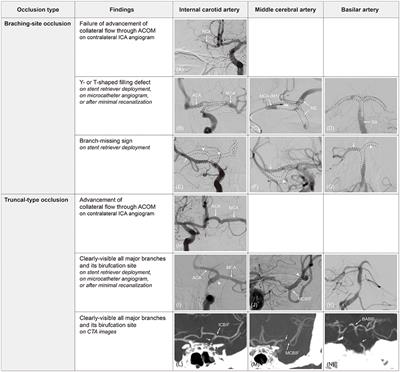
REVIEW
Published on 02 Apr 2019
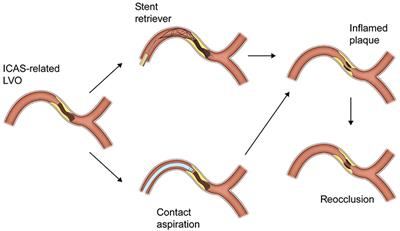
REVIEW
Published on 20 Mar 2019
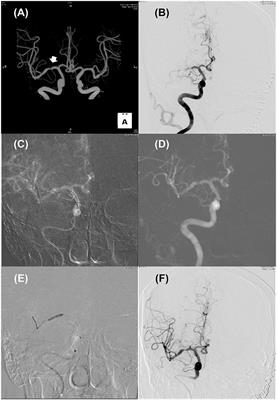
ORIGINAL RESEARCH
Published on 19 Mar 2019

ORIGINAL RESEARCH
Published on 21 Jan 2019
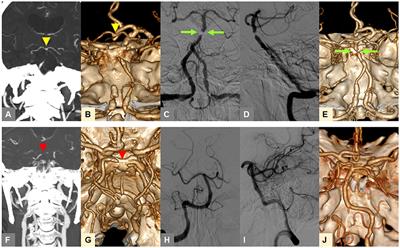
ORIGINAL RESEARCH
Published on 11 Dec 2018
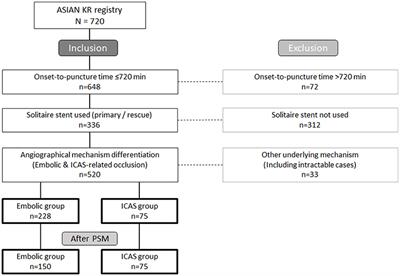
SYSTEMATIC REVIEW
Published on 03 Dec 2018
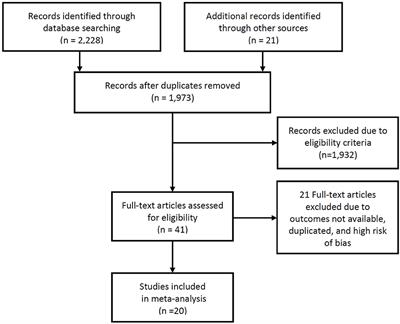
CASE REPORT
Published on 16 Oct 2018
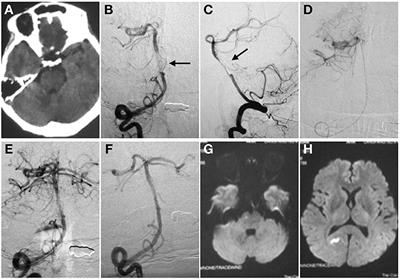
ORIGINAL RESEARCH
Published on 10 Oct 2018

PERSPECTIVE
Published on 21 Aug 2018
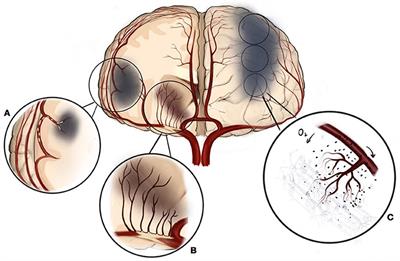
ORIGINAL RESEARCH
Published on 09 Jul 2018
